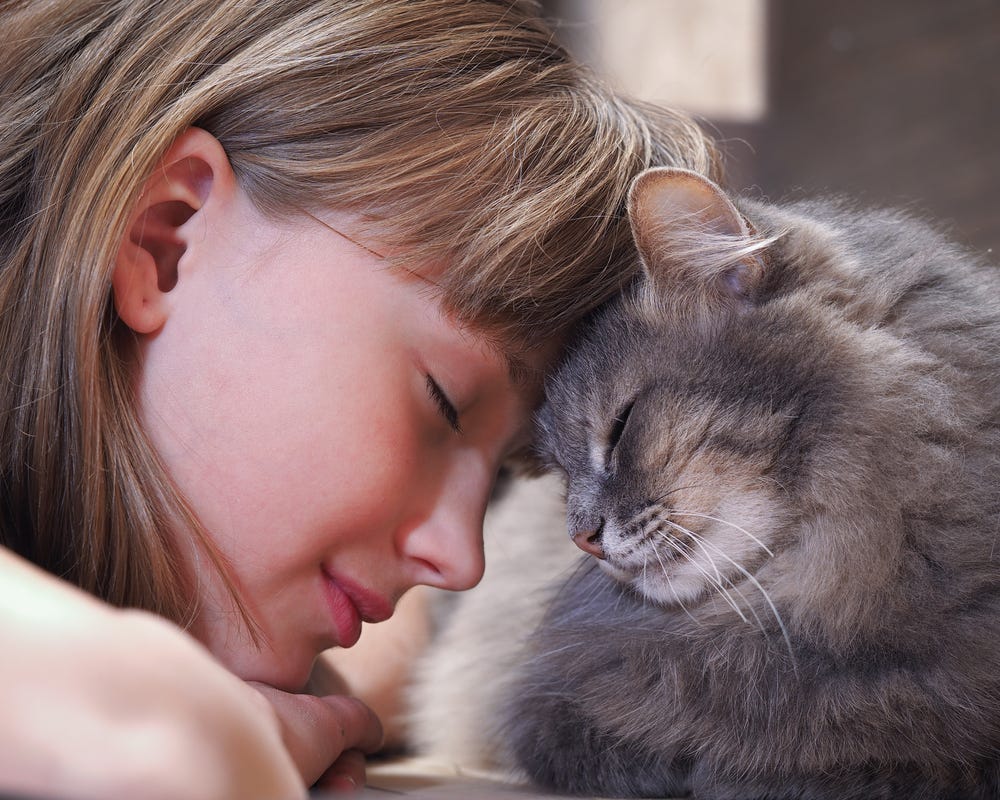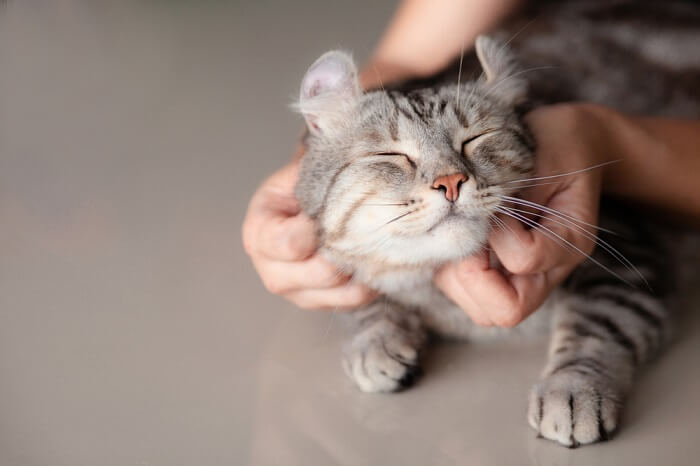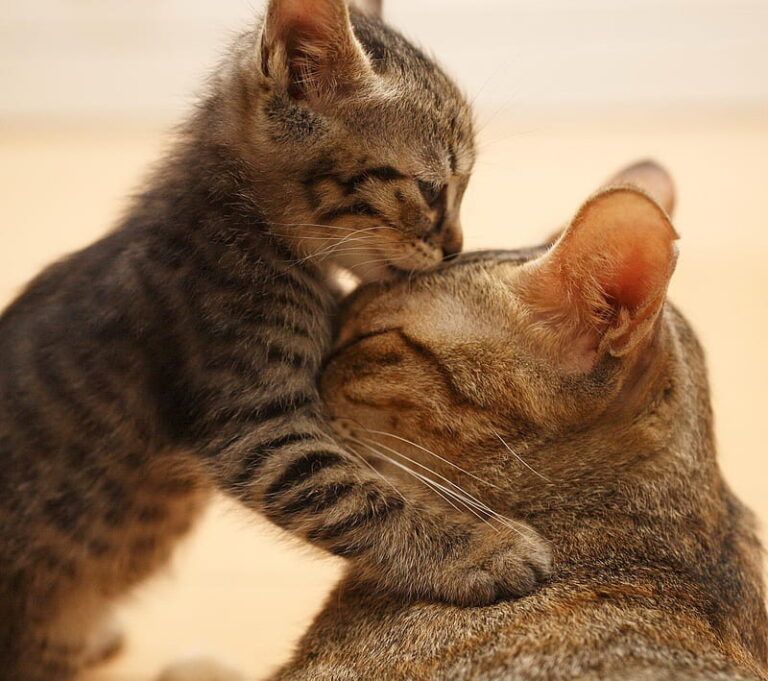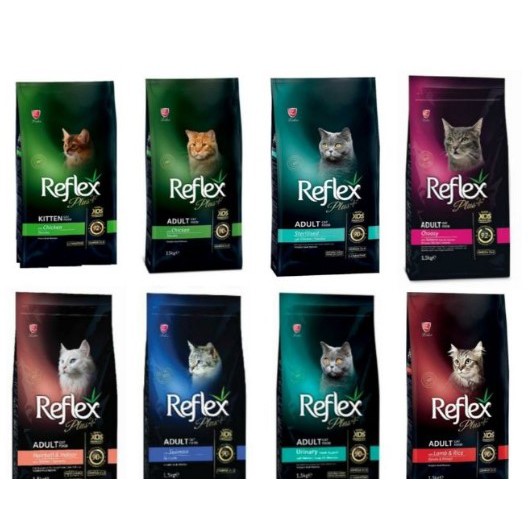Understanding Feline Behavior Patterns
Cats, with their enigmatic and captivating presence, have stolen the hearts of millions worldwide. As pet owners, delving into the realm of feline behavior patterns is essential for fostering a harmonious and fulfilling relationship with our furry companions. This comprehensive guide unveils the intricacies of cat behavior, deciphering their unique communication methods, body language, and various behavioral traits to bridge the gap between humans and felines.
Decoding Feline Communication: A Symphony of Meows, Purrs, and Body Language
Cats, like skilled musicians, possess a diverse repertoire of vocalizations and body language to convey their thoughts and feelings. Understanding these subtle cues is paramount to effective communication:
1. Meows: A Cat’s Vocal Palette
- Short, Single Meow: A polite greeting or a request for attention.
- Long, Plaintive Meow: Often used to express hunger, discomfort, or a desire to be let in or out.
- Chirping or Trilling: A sign of excitement or anticipation, often heard when greeting their owners or spotting prey.
- Hissing or Growling: A clear warning signal, indicating fear, aggression, or territorial disputes.
2. Purring: A Soothing Symphony
- Continuous Purring: A sign of contentment and relaxation, often used during petting or nursing.
- Intermittent Purring: May indicate hunger, stress, or pain. It’s essential to observe your cat’s overall behavior and context to accurately interpret their purrs.
3. Body Language: A Visual Tapestry
- Ears Forward: Attentive, curious, and engaged.
- Ears Back: Fear, submission, or aggression.
- Tail Up: Confidence, alertness, or a friendly greeting.
- Tail Down: Submission, fear, or insecurity.
- Tail Twitching: Excitement, anticipation, or irritation.
- Dilated Pupils: Arousal, excitement, or fear.
- Constricted Pupils: Relaxation, contentment, or concentration.
Unveiling Feline Behavioral Traits: Quirks and Peculiarities
Cats exhibit a wide range of behaviors that add charm and complexity to their personalities. Understanding these traits can help us appreciate and cater to their unique needs:
1. Territorial Instincts: Marking Their Domain
Cats are territorial creatures, instinctively marking their territory through urine spraying, scratching, and scent marking. Providing multiple scratching posts and litter boxes can help curb these behaviors indoors.
2. The Allure of Play: A Symphony of Motion
Play is an integral part of a cat’s life, providing mental and physical stimulation. Interactive play sessions not only strengthen the bond between cat and owner but also combat boredom and prevent destructive behaviors.
3. Nocturnal Rhythms: Dancing in the Moonlight
Cats are crepuscular animals, meaning they are most active during twilight hours. This natural instinct can lead to early morning or late-night awakenings. Providing enrichment activities during these times can help mitigate disruptions to their owners’ sleep schedules.
4. Grooming Rituals: A Symphony of Self-Care
Cats spend a significant portion of their day grooming themselves, maintaining their sleek coats and removing parasites. Occasional brushing can assist with this process, promoting healthy skin and coat while strengthening the bond between cat and owner.
Feline Behavioral Challenges: Navigating Common Issues
Despite their endearing nature, cats can exhibit behaviors that may pose challenges to their owners. Understanding and addressing these issues can create a more harmonious household:
1. Scratching Furniture: A Sharpened Dilemma
Scratching is a natural behavior for cats, serving to maintain healthy claws and mark their territory. Providing designated scratching posts and deterring them from inappropriate surfaces can curb this destructive habit.
2. Litter Box Avoidance: A Delicate Balance
Litter box issues are a common concern among cat owners. Causes can range from medical problems to environmental stressors. Consulting a veterinarian to rule out medical causes and making modifications to the litter box setup can often resolve these issues.
3. Aggression: Unveiling the Roots of Conflict
Aggression in cats can manifest in various forms, from hissing and growling to biting and scratching. Understanding the underlying causes, such as territorial disputes, fear, or pain, is crucial for addressing this behavior effectively.
Conclusion: Embracing the Enigma of Feline Behavior
Understanding feline behavior patterns is an ongoing journey, filled







